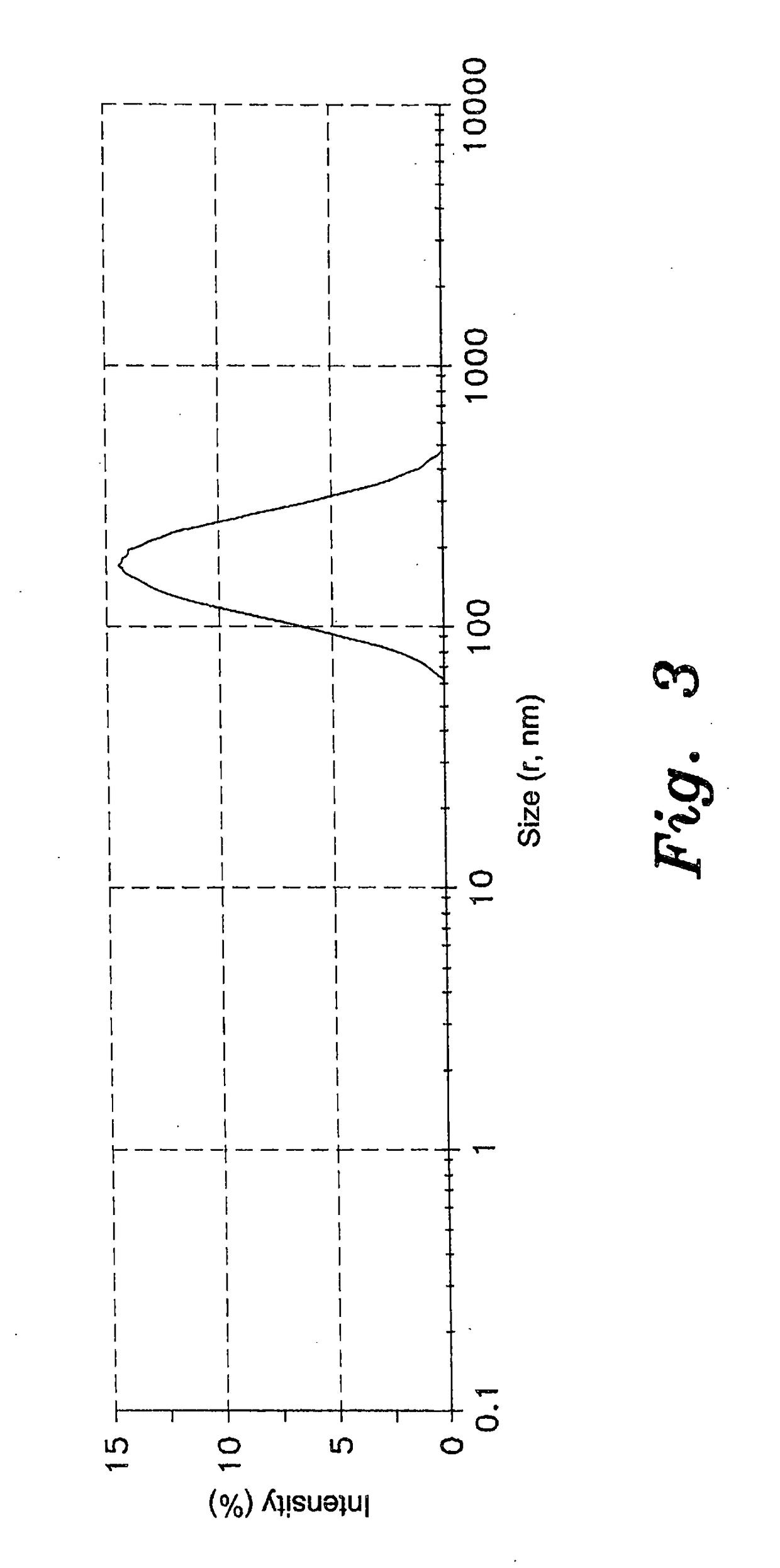Method of treating diabetic wounds using biosynthesized nanoparticles
a biosynthesized nanoparticle and wound technology, applied in the field of wound treatment, can solve the problems of poor circulation, reducing the flow of blood and oxygen to the wound, and the diabetic condition still adversely affecting the wound healing process, so as to improve the wound healing of the diabetic patien
- Summary
- Abstract
- Description
- Claims
- Application Information
AI Technical Summary
Benefits of technology
Problems solved by technology
Method used
Image
Examples
example 1
Synthesis of Silver and Gold Nanoparticles
[0032]For the synthesis of the silver / gold nanocomposite, the reagents were used as received without further purification. The silver nitrate and chlroauric acid were obtained from Techno Pharmchem and Loba Chemie, India while the powdered rods of Cinnamon cassia were obtained from the local market. About 3 g of the leaves of Solenostemma argel or the seeds of Foenum-graecum or the rods of the plant Cinnamomum cassia rods was soaked in 90 mL of boiled distilled water overnight. The extracts were filtered, and the filtrates were immediately used for preparation of the nanoparticles. About 1 mM Silver nitrate (AgNO3) and 1 mM Chloroauric acid (HAuCl4) were dissolved in 50 ml of distilled water individually under vigorous stirring at 80° C. for 5 minutes. Then 5 ml of Solenostemma argel or Foenum-graecum seeds or Cinnamomum cassia extract was added to the solutions of both silver nitrate and Chloroauric acid separately. A change in color of the...
example 2
Synthesis of Zinc Oxide Nanoparticles
[0036]About 0.1 M zinc acetate (Merck, 99% purity) or 0.5M zinc nitrate was dissolved in 50 ml extracts of the leaves of Solenostemma argel (HR) or the seeds of Trigonella foenum-graecum (H) or the rods of the plant Cinnamomum cassia (JF) until it reduced to colored paste. Then the paste was dried to obtain colored powder of ZnO nanoparticles.
[0037]FIG. 3 represents a graph of the average size distribution by intensity of zinc oxide (ZnO) nanoparticles prepared according to the above procedure using the extract of Solenostemma argel (HR). A single peak is observed corresponding to the diameter of 184.1 nm.
[0038]FIGS. 4A and 4B represent transmission electron microscopy (TEM) micrographs of zinc oxide nanoparticles synthesized using the extract of Solenostemma argel (HR).
[0039]FIG. 9 presents a graph of the average size distribution by intensity zinc oxide (ZnO) nanoparticles prepared according to the above procedure using Cinnamomum cassia. Three...
example 3
Diabetes Studies Using the Synthesized Nanoparticles
[0040]Male Wistar rats weighing 200-250 gm were used for this study. The animals were fed with standard laboratory chow and had free access to water under well ventilated conditions of 12 hours day and 12 hours dark cycles. The animals were acclimatized to laboratory conditions prior to the experiment. The protocols were approved by the National Committee for Medical and Bio-ethics at our institute. The animals were handled according to standard protocols for the use of laboratory animals. The rats were made to fast 12 hours before the induction of diabetes. Thereafter, they were injected with streptozotocin (70 mg / kg, i.p.). This dose of streptozotocin induces diabetes in rats. Five days after injection the rats with fasting blood glucose higher than 150 nmole / L were considered diabetic and used for the experiment. Feeding was stopped 12 hours before blood sampling. The experimental groups (each group contains ten rats) were (1) D...
PUM
| Property | Measurement | Unit |
|---|---|---|
| Diameter | aaaaa | aaaaa |
| Diameter | aaaaa | aaaaa |
| Dimensionless property | aaaaa | aaaaa |
Abstract
Description
Claims
Application Information
 Login to View More
Login to View More - R&D
- Intellectual Property
- Life Sciences
- Materials
- Tech Scout
- Unparalleled Data Quality
- Higher Quality Content
- 60% Fewer Hallucinations
Browse by: Latest US Patents, China's latest patents, Technical Efficacy Thesaurus, Application Domain, Technology Topic, Popular Technical Reports.
© 2025 PatSnap. All rights reserved.Legal|Privacy policy|Modern Slavery Act Transparency Statement|Sitemap|About US| Contact US: help@patsnap.com



